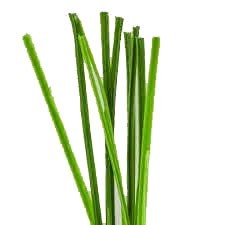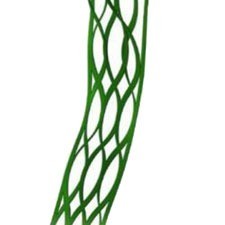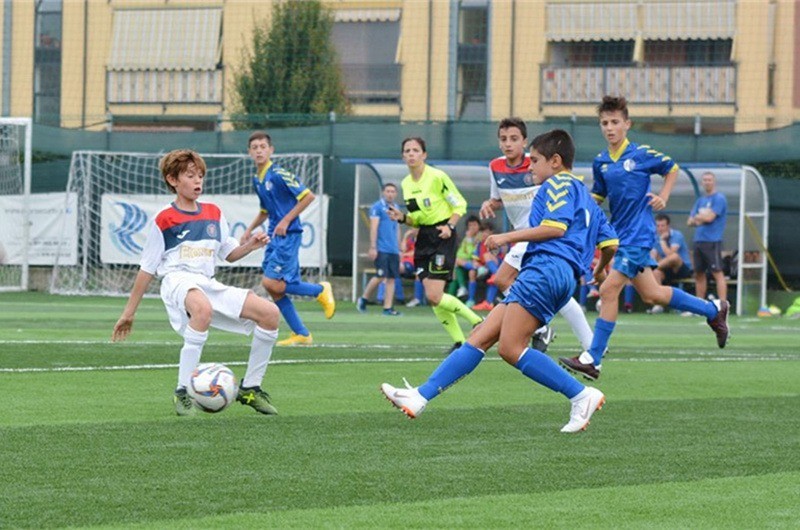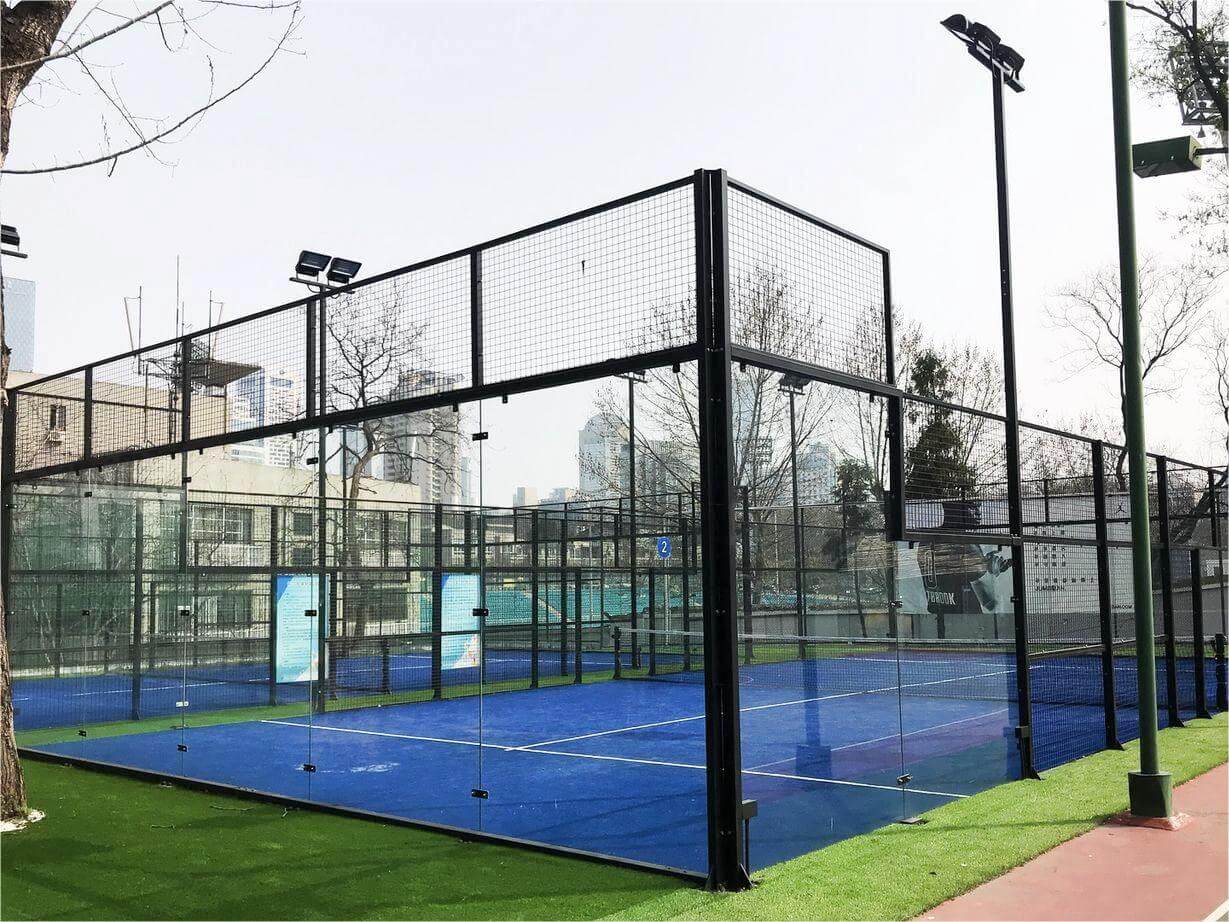Artificial grass is composed of yarn and backing, with the yarn being a crucial component of the product. This comprehensive article delves into the significance of artificial grass yarn, exploring its materials, types, and shapes.
1. What Are Artificial Grass Yarns?
Artificial grass yarn refers to the fibers or filaments that make up the blades of synthetic turf. It is a crucial component that provides the look, feel, and performance of natural grass in artificial grass installations.
2. Why is Artificial Grass Yarn Essential?
Artificial grass yarn is the backbone of synthetic turf. Without the presence of artificial grass yarns, the product cannot be referred to as “artificial grass.” When we walk or engage in activities on an artificial grass surface, we are actually interacting with the artificial grass yarns. In most cases, artificial grass systems are installed with infills, and in such instances, the yarn and infills work together to support the overall system. Therefore, it can be stated that we essentially work or play on artificial grass yarns with infills.
As the color of the yarn fades or ages, or when significant amounts of yarn start to detach from the backing, it indicates that the artificial grass is nearing the end of its lifespan.
3. Artificial Grass Yarn Materials
Artificial grass yarn, the integral component of synthetic turf, is manufactured using various materials to ensure durability and performance. The three primary materials used for artificial grass yarn are polyethylene, polypropylene, and nylon.
3.1 Polyethylene:
Widely employed in artificial grass production, polyethylene yarn offers excellent resilience, UV resistance, and natural grass-like aesthetics. It provides a soft and realistic texture, making it suitable for a range of applications, from residential lawns to sports fields.
3.2 Polypropylene:
Known for its affordability, polypropylene yarn is commonly used in lower-budget artificial grass installations. Although it may lack the same level of durability as polyethylene, it still offers satisfactory performance for lighter usage areas such as decorative landscapes.
3.3 Nylon:
Nylon yarn possesses exceptional strength and resilience, making it a preferred choice for high-traffic areas such as sports fields and playgrounds. While it offers excellent durability, it is less commonly used due to its higher cost compared to polyethylene and polypropylene.
4. Artificial Grass Yarn Types
There are two types of artificial grass yarn: Monofilament yarn and fibrillated yarn.
4.1 Monofilament Yarns

Monofilament yarns are produced by extruding a fluid mass through a plate with small holes, giving it strength and elasticity. The shape of the hole determines the shape or cross-section of the yarn. Monofilament yarns consist of multiple filaments, such as 6, 8, or even 12 filaments.
4.2 Texturized or “Thatch” Yarns
Texturized yarns are a specialized type of monofilament yarn. They are available in various Dtex (unit of linear mass density), curl intensities, and colors. Texturized yarns can be offered with high or low bulk density in polypropylene or polyethylene.
4.3 Fibrillated Yarns

Fibrillated yarns are created by extruding a thin film that is subsequently cut into small strips and fibrillated, resulting in a honeycomb-like structure.
5. Artificial Grass Yarn Shapes
To enhance the natural appearance, flexibility, and durability of artificial grass, various yarn shapes have been designed, each offering unique attributes. The shape of the grass blade directly influences the overall look, feel, and performance of the grass.

Click here to read more about Artificial Grass Yarn Shapes




